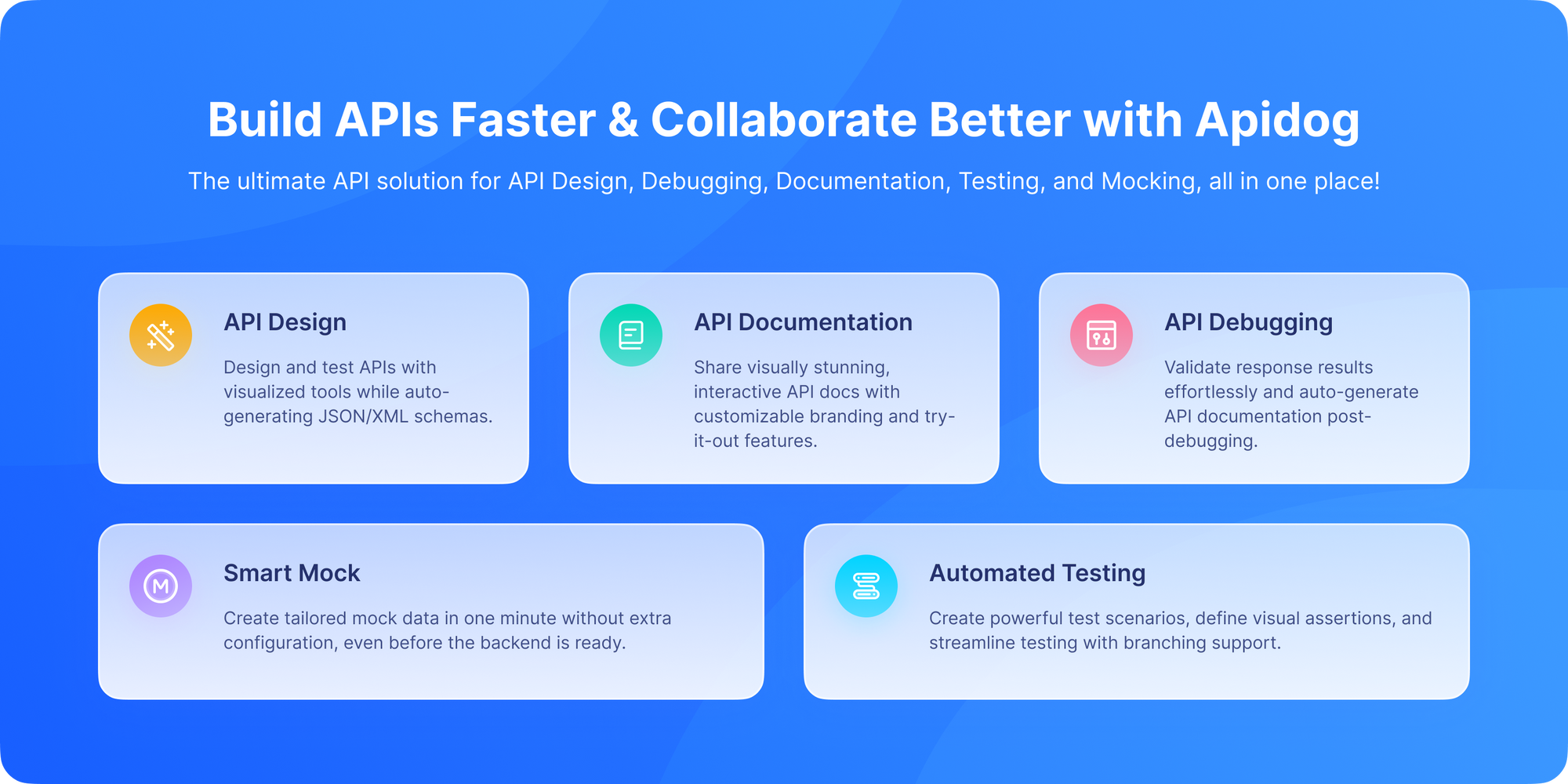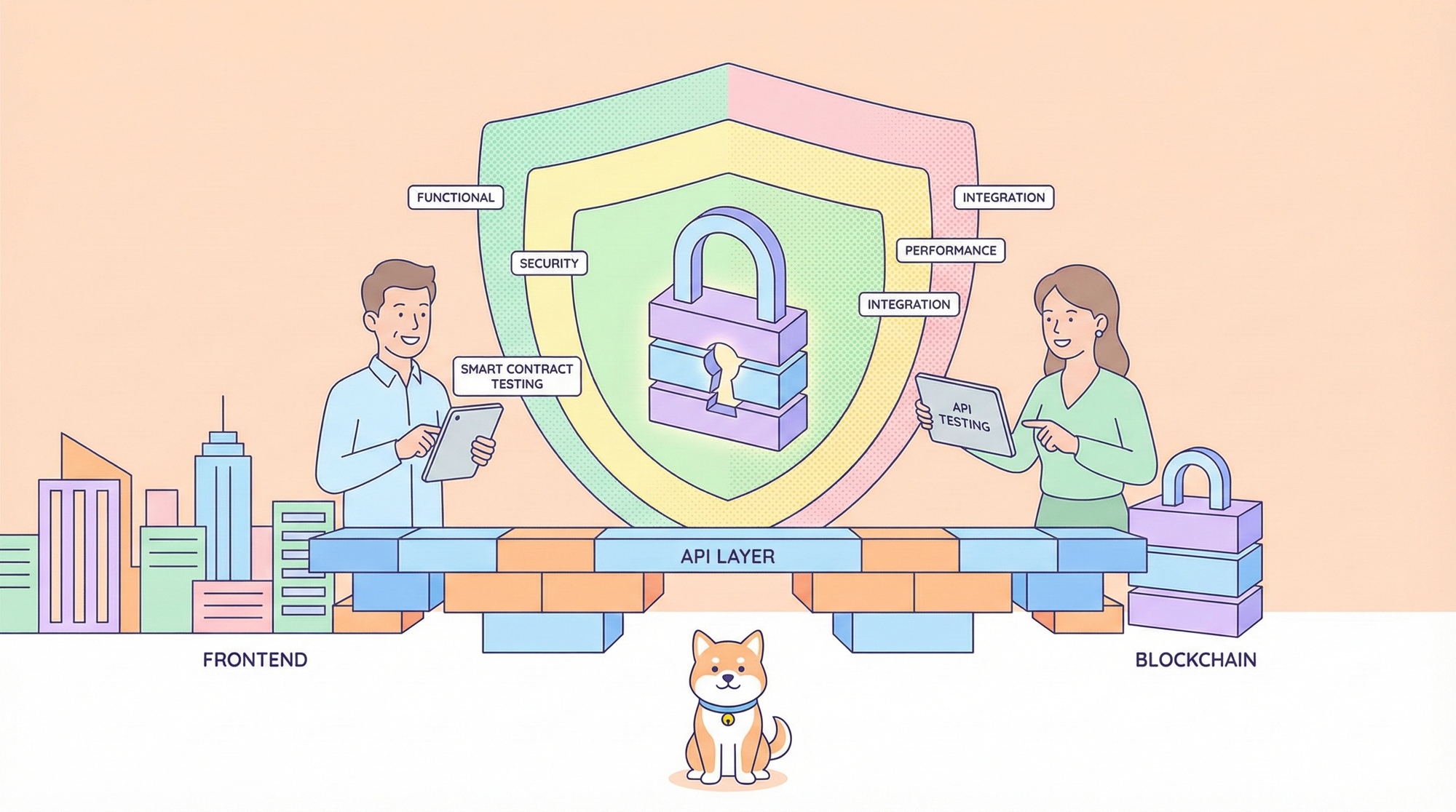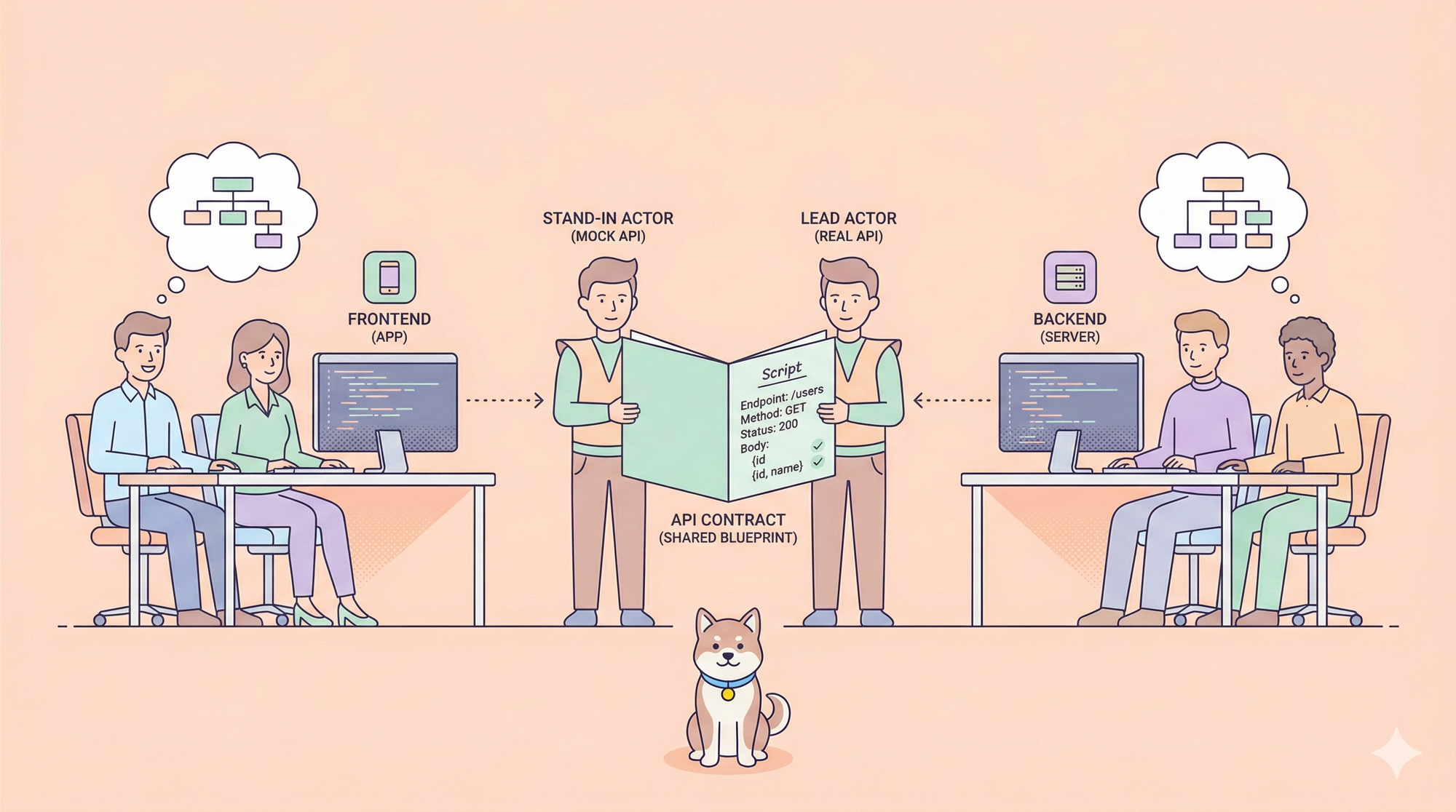Cloud is one of those tech buzzwords everyone talks about, but few really explain. Combine that with "API" and suddenly things can feel a bit overwhelming.
So if you're wondering, "What exactly is a cloud API, and why does everyone keep talking about it?", you’re not alone. Cloud APIs are the invisible power that connects apps, services, and data in today’s digital world.
In this post, I’m going to break down what a cloud API actually is, how it works, and why it matters. Whether you're a developer, a product manager, or just curious about emerging tech, knowing what cloud APIs bring to the table is essential, we’ll walk through it step-by-step in a non-boring way.
Want an integrated, All-in-One platform for your Developer Team to work together with maximum productivity?
Apidog delivers all your demands, and replaces Postman at a much more affordable price!
What Is a Cloud API? A Simple Explanation
In the simplest terms, a Cloud API is an Application Programming Interface hosted in the cloud that allows software applications to communicate with cloud-based services and resources. Instead of running on a local server or device, cloud APIs connect you to resources on-demand, over the internet, enabling everything from storage and databases to AI models and IoT devices.
Put another way, cloud APIs act as the bridges between your application and powerful cloud platforms like AWS, Google Cloud, Microsoft Azure, or even specialized SaaS products.
Cloud APIs make it possible to:
- Access scalable computing power
- Store and retrieve data without managing servers
- Integrate AI and machine learning services
- Manage and orchestrate distributed resources
- Connect microservices across global locations
Why Are Cloud APIs So Important in 2025?
The short answer? Cloud is the future and it’s already here.
Companies are rapidly moving their infrastructure to the cloud. And APIs are how they access it, automate it, and integrate with it.
Cloud APIs have become the backbone of modern software architecture for several reasons:
- Scalability: You can access virtually unlimited resources without upfront investment or infrastructure management.
- Flexibility: Easily integrate with numerous cloud services storage, databases, AI, security, analytics, and more.
- Speed: Cloud APIs accelerate development by outsourcing complex capabilities to trusted providers.
- Global Reach: APIs let you build globally distributed applications that serve users with low latency.
- Cost Efficiency: Pay-as-you-go models let you control costs tightly by consuming resources only as needed.
- Innovation: Access cutting-edge cloud features early, from advanced AI APIs to edge computing.
Because of these advantages, cloud APIs power everything from small startups to massive enterprises, pushing the cloud-first revolution forward.
Basically, cloud APIs make it possible to do powerful things without managing physical servers or software installs.
How Cloud APIs Work
Cloud APIs are mostly RESTful, meaning they typically work over the internet using standard protocols like HTTP/HTTPS methods like:
- GET – Fetch a resource
- POST – Create a resource
- PUT – Update a resource
- DELETE – Remove a resource
and they return data in JSON format and require some form of authentication like API keys, tokens, or OAuth. The basic flow looks like this:
- Request: Your application sends an API request (such as retrieving data or triggering a cloud function) to the cloud provider’s API endpoint.
- Authentication: The request includes credentials (API keys, OAuth tokens) to prove identity and permissions.
- Processing: The cloud backend performs the requested operation running functions, accessing databases, or managing infrastructure.
- Response: The cloud API sends back a response with data, success/failure indications, or error messages.
The entire interaction happens seamlessly and efficiently over the web, so your application can focus on delivering user value rather than managing backend complexity.
A Simple Flow:
- You send a request to the cloud API endpoint (e.g.,
POST /start-instance) - You include authentication headers (like your API key)
- The server processes it and responds with JSON data
- You handle the response in your app
Boom, you just interacted with cloud infrastructure.
With tools like Apidog, you don’t have to write code from scratch. Just build the request, hit send, and watch the magic happen.
Types of Cloud APIs
Cloud APIs come in different flavors. Knowing the types helps you to choose the right one for your use case.
1. IaaS APIs (Infrastructure-as-a-Service)
These control cloud infrastructure VMs(Virtual Machine), networking, storage.
Example: AWS EC2, Azure VM API
2. PaaS APIs (Platform-as-a-Service)
These manage the platform and app deployment environments.
Example: Google App Engine API, Azure Web Apps
3. SaaS APIs (Software-as-a-Service)
These connect to third-party cloud apps and services.
Example: Salesforce API, Dropbox API
4. Storage APIs
For reading/writing files to cloud storage.
Example: Amazon S3 API, Google Cloud Storage API
5. AI/ML APIs
Let you add machine learning to your app without training models.
Example: Google Cloud Vision, AWS Rekognition
Every cloud provider offers hundreds of APIs covering these areas, letting you compose tailored solutions quickly.
How Is a Cloud API Different from a Regular API?
All cloud APIs are APIs, but not all APIs are cloud APIs.
Let’s compare:
| Feature | Regular API | Cloud API |
|---|---|---|
| Hosted On | Any server (on-premise or cloud) | A cloud infrastructure platform |
| Used For | Data exchange between apps | Managing or using cloud resources |
| Dependency | Custom hosting or backend | Relies on cloud provider services |
| Scales Automatically | Not always | Yes, typically cloud-native |
So, while regular APIs may connect microservices or third-party tools, cloud APIs give you access to cloud infrastructure, SaaS, or PaaS features directly.
Benefits of Using Cloud APIs
- Rapid Development: Instead of building complex features from scratch, I plug into cloud APIs. For example, integrating payment processing via Stripe’s cloud API saves months of effort.
- Elastic Scalability: Apps handle sudden traffic spikes gracefully because cloud APIs scale automatically.
- Reduced Maintenance: No need to manage physical servers or complex infrastructure.
- Cross-Platform Integration: Easily connect mobile apps, web frontends, and backend services anywhere.
- Enhanced Security: Cloud APIs come with built-in security best practices and compliance certifications.
- Improved Analytics and Monitoring: Cloud APIs expose metrics and logs that support real-time app monitoring and troubleshooting.
Using a cloud API can save weeks of dev time and reduce your infrastructure costs.
Challenges and How to Overcome Them
While cloud APIs offer amazing benefits, there are some challenges to be aware of:
- Latency: Calling cloud APIs over the internet may add latency compared to local calls. Use edge APIs or caching to mitigate.
- Complexity: Managing many APIs from different providers requires strong governance and testing processes.
- Security Risks: Improper API keys or permissions can expose your cloud resources, attention to security is vital.
- Cost Management: Unchecked cloud API usage can lead to expense surprises. Monitor usage and set alerts.
- Versioning and Compatibility: Cloud APIs evolve, and breaking changes can affect your app if not planned for.
Best Practices for Working with Cloud APIs
Want to avoid costly mistakes? Here are some time-tested tips:
- Secure Every Call: Use least privilege principles for API keys, rotate credentials, and use OAuth or JWT tokens wherever possible.
- Monitor Usage Closely: Set budgets and alerts to avoid unexpected costs from heavy API calls.
- Automate Testing: Integrate API tests into your CI/CD pipeline using Apidog or similar tools to catch issues early.
- Use Caching Strategically: Cache frequent or static API responses at the client or edge to improve performance.
- Handle Failures Gracefully: Design your app to retry requests with exponential backoff and fallback logic to avoid outages.
- Document and Share: Always keep API documentation up to date and accessible for your team and customers.
- Keep Up with API Changes: Subscribe to cloud provider changelogs to prepare for and adapt to new API versions or deprecations.
How Apidog Makes Cloud APIs Easier

As digital transformation accelerates, cloud APIs will only grow in importance. They enable rapid innovation, flexibility, and global reach without heavy upfront investments. However, complexity increases, meaning tools like Apidog that unify API design, testing, security, and monitoring will be indispensable for developers and businesses alike.
What Apidog Helps With:
- Design: Visually build RESTful cloud APIs with a drag-and-drop editor
- Mock: Simulate API responses without hitting real endpoints
- Test: Send requests and view live responses
- Document: Auto-generate beautiful, shareable API docs
- Collaborate: Invite teammates and work together in real time
- Secure: Store API keys, tokens, and environment variables safely
If you’re working with AWS, Google Cloud, Azure, or SaaS APIs like Slack or Dropbox, Apidog streamlines everything from development to testing and deployment.
And yes, it’s free to Download Apidog and simplify your cloud API journey today.
Final Thoughts
So, what is a cloud API?
It’s more than just a tech term, it’s a gateway to scalable, on-demand, and modern development. Whether you’re spinning up virtual machines, connecting to SaaS apps, or embedding AI into your workflows, cloud APIs give you the power to do more with less code.
To recap:
- A cloud API connects your app to cloud services
- You can use them for compute, storage, AI, databases and more
- They’re everywhere: from Amazon and Google to tiny SaaS startups
- Tools like Apidog make cloud APIs easy, secure and collaborative
Now that you know what a cloud API is and how to use one, it’s time to put that knowledge into action.



